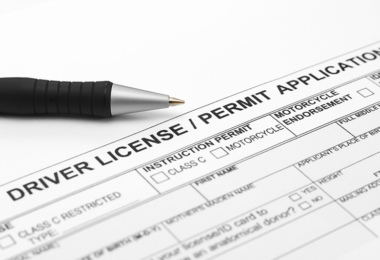Home / Modules / Components / Minimum length in intermediate stage / Description and rationale
Description and rationale
Brain development research supports a longer intermediate stage to ensure an older age and more maturity for unrestricted driving.1 As the brain develops from teen to young adulthood, more self-regulation and impulse control is achieved.2 It is also logical that longer periods in an intermediate stage with night and passenger restrictions would have safety benefits given that such restrictive measures have been shown to reduce crashes.3 As observed by Williams et al. (2013), presumably, the longer a person is held in the system, the more effective it is, but there is a need for research to address this issue because little information is presently available.
Intermediate holding periods in the United States last for a certain amount of time, e.g. six months or 12 months, or until a certain age is reached, e.g. 17 or 18. In Canada, minimum durations vary from 12 months to two years. In Australia, intermediate holding periods range from two years in Western Australia and Northern Territory to four years in Victoria.4 However, in the U.S., with the exception of three jurisdictions — District of Columbia, Indiana, New Jersey — GDL requirements expire at age 18 potentially reducing the minimum duration of the intermediate stage. In the three jurisdictions noted above, they do not expire until age 21. By contrast, in Canada and Australia, the intermediate requirements apply for the entire minimum duration regardless of age – i.e., a time-based rather than age-based approach.
The minimum length required to remain in the intermediate stage should be no less than 12 months, regardless of age at the time of entry. This ultimately means that the minimum possible age to progress to full licensure should be 18 years old.





